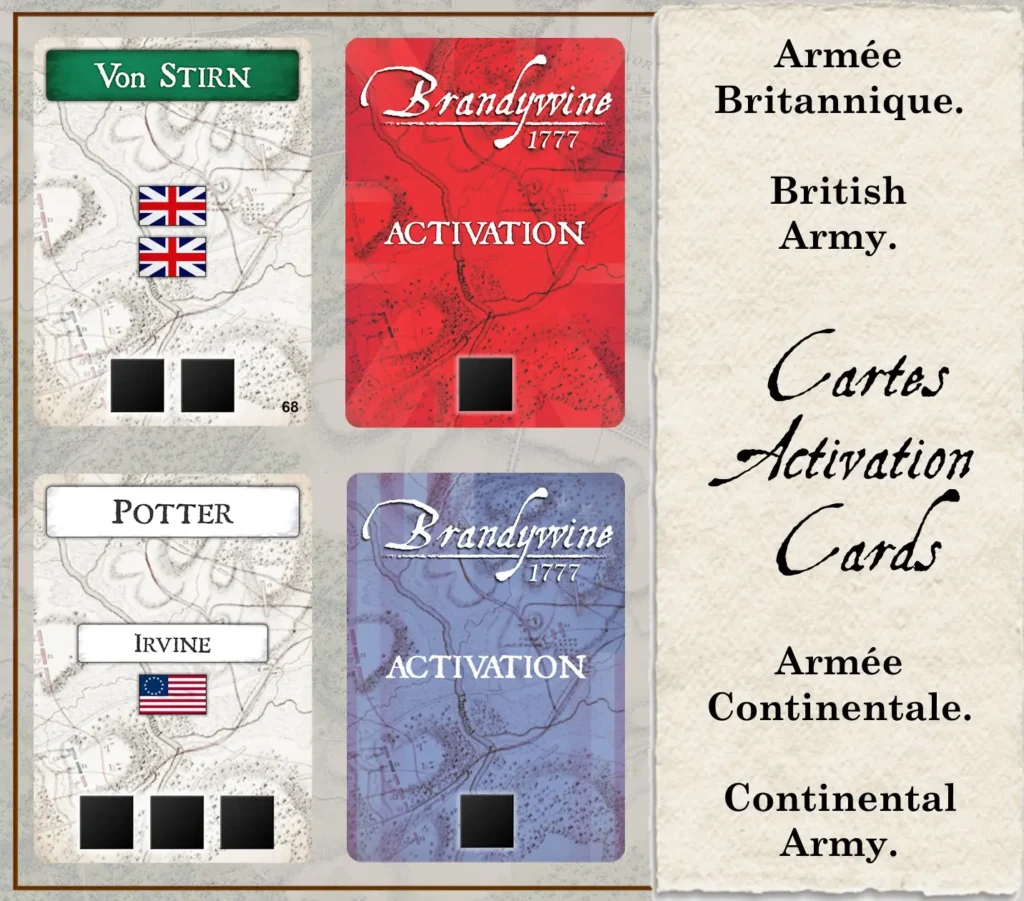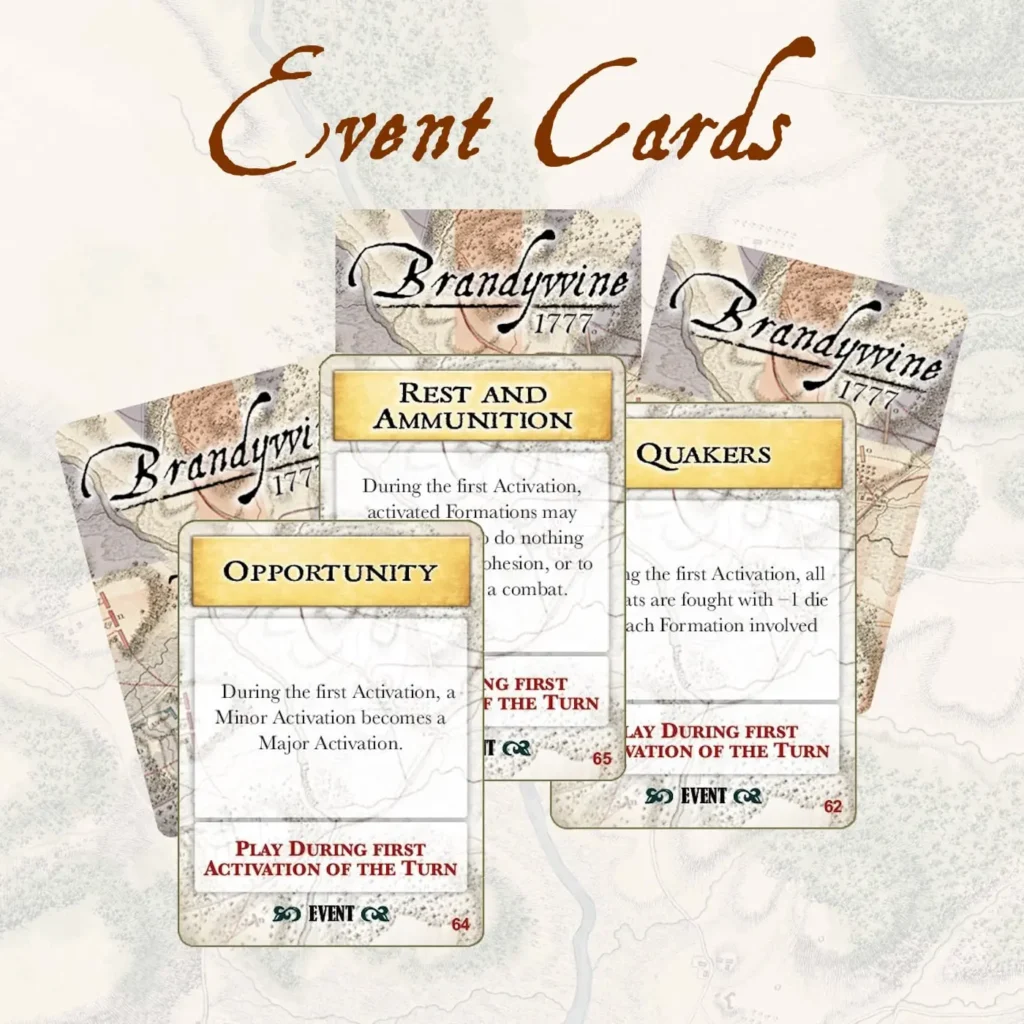Q. Yves, welcome to our blog. First of all, could you tell us a little about yourself? What are your hobbies? What’s your day job?
A. Thank you for the welcome! I’m French, passionate about History with a capital H… and also the little stories that change the course of great events. I love wargames, but also enjoy more general boardgames, and outside of gaming I often spend time working with wood.
Today I am launching my own publishing company, Les 3 Zouaves, to create and publish my own games with complete freedom. I’ve had the chance to collaborate with Phalanx (Keep ’em Rolling) and above all Worthington Games (Gettysburg – A Time for Heroes), whose support and transparency gave me the desire to take the leap and build my own publishing adventure.
Q. What motivated you to start designing games? What have you enjoyed most about the experience so far?
A. I wanted to design games because I was looking for a balance between historical rigor and accessibility. Many wargames are either too abstract or too complex. What fascinates me are those moments when everything could have turned out differently – the D-Day landings in 1944, the Belgian campaign in 1815… Putting these moments into players’ hands is a way of making them live History in a different way.
What I enjoy most is sharing this experience: seeing players immerse themselves, be surprised, and rediscover History through the lens of play.
Q. What lessons have you learned from designing wargames?
A. That simplicity is harder to achieve than complexity! The temptation is always to add more detail, but the key is to stay focused on what matters most: the historical atmosphere and the players’ decisions. In the end, that’s what makes the experience both immersive and fluid, without losing the essence of History.
Q. What is your upcoming game Brandywine 1777 about?
A. Brandywine 1777 recreates the great battle between Washington’s Continental Army and Howe’s British forces during the American Revolution. The game emphasizes maneuver, fog of war, and the uncertainty of this colonial conflict, while remaining accessible and tense in every session.
Historically, Brandywine is the battle Washington lost… but one that ultimately contributed to winning American independence, with the help of France in particular. It was a dramatic clash, full of twists, and I wanted to transmit that tension to the players.
Q. What does the subtitle A Time for Heroes mean and reference?
A. It reflects the idea that History often turns on moments when leaders and soldiers must go beyond themselves. At Brandywine as at Gettysburg, it was sometimes ordinary men who, through courage or determination, shaped the fate of their country. This subtitle pays tribute to those moments and to these ultimately extraordinary heroes.
Q. Why did you want to focus on this subject in particular?
A. Brandywine is a fascinating battle: vast in scope, decisive in its consequences, but often overshadowed by other, more famous episodes of the American Revolution. It deserved to be brought back into the light.
It was also a clash where maneuver, deception, and feints played an essential role—elements that fit perfectly with the system we are developing. In short, it was the ideal setting to tell a strong story that also provides, logically, a tense and immersive game experience.
Q. What are the unique features of the system used in this game?
A. The system rests on a simple but rich balance: major and minor activations to set the rhythm of the turn, momentum cubes that create crucial choices, and strong use of cards to bring fog of war and tactical flavor.
Formation cohesion is tracked directly on the board in a very visual way: you see armies wearing down and breaking apart before your eyes, which heightens the tension.
Finally, the way British columns move is a real asset of the system: without using a double-blind mechanic, everything is visible to both players… but what is real, and what isn’t? This constant uncertainty gives each game its breathless pace.
Q. What is your design goal with the game?
A. To capture the feeling of command—uncertainty, opportunity, and risk. The player should feel the weight of decisions, without being buried in minutiae.
Q. What other games did you use as inspiration?
A. I was actually waiting for this question! It gives me the chance to thank Maurice Suckling for his Chancellorsville, which was really my first spark of inspiration for the game engine. Of course, I’ve also been influenced by many classics—on the American Civil War, Avalon Hill’s Gettysburg 125th Anniversary Edition is a big one, and on the Napoleonic side, the excellent Shakos series with 1806, 1807, and 1815. But my goal was always to capture the spirit of those games rather than just copy their mechanics. And then, I also looked at less strictly historical card-driven games, which bring that accessible, dynamic feel that’s so typical of modern boardgaming.
Q. What should we expect from future games in the series?
A. I see it as a growing family of titles covering iconic battles, always with the same DNA but adapted to each historical situation. The next will take place during the Napoleonic era, with cavalry corps and new dynamics, but still recognizable as part of the system.
Q. What is the scale of the game? What is the force structure of the units?
A. The scale is at corps or division level, depending on the era. Each counter represents a division-sized formation, with its cohesion, combat dice, and activations.
Q. How does the game use cards?
A. Cards are used in three different ways:
- Activation Cards, to trigger corps or divisions.
- Tactics Cards, to add surprises and historical flavor.
- Column Cards, to manage fog of war and hidden deployment.
Q. Can you show us a few examples of these different types of cards?
A. For example, a Column Card might allow the British player to hide the real location of their main force. A Tactics Card could provide a defensive bonus at a critical moment. These cards bring uncertainty and replayability to every battle.


Q. What is the difference between major and minor activations?
A. Major activations represent large, planned maneuvers by an entire formation. Minor activations are smaller, opportunistic actions. Together, they offer flexibility but also force players to carefully manage the pacing of the battle.
Q. What are the Tactics Cards? How are they used?
A. They represent the creativity and local initiative of commanders—such as a sudden counterattack, an unexpected defense, or a terrain advantage. They are played in combat to sway outcomes or to change the tempo of a clash.
Q. What type of information is tracked on the board for each division?
A. Cohesion, which is the health of the formation, is tracked with cubes directly on the board. It’s intuitive and immediately visible, allowing players to quickly assess the state of their army.
Q. What is the purpose of Momentum cubes? How are they earned and used?
A. Momentum represents the ebb and flow of initiative in battle. Players earn cubes through combat results and achievements, and they can spend them to trigger bonus activations or improve tactical opportunities.
Q. What different leaders are represented? What abilities do they have?
A. Historical leaders such as Howe, Washington, or Cornwallis are represented. Their main role is to influence activations and cohesion, and in some cases provide special abilities reflecting their leadership style.
Q. What are Wing Commanders and why have they been added to the system?
A. They are intermediate leaders who organize several formations under a single activation. They streamline command and give players another layer of planning, without making the system more complex.
Q. How does combat work?
A. Combat is dice-based, with the number of dice depending on the strength of the formation and the circumstances. Results reduce cohesion and can cause retreats. It’s simple to resolve but carries important consequences.
Q. How is victory achieved?
A. Victory depends on historical objectives: controlling key locations, inflicting sufficient losses, or breaking the opponent’s army cohesion. Players must balance aggression with preserving their own forces.
Q. What type of experience does the game create for the player?
A. A tense, narrative-rich experience where every decision feels consequential. Players should come away with a strong sense of the flow of the battle and the drama of commanding at this scale.
Q. What other topics are you planning to create games for in the future?
A. I am working on titles for the Napoleonic Wars, the American Civil War, and even the French Revolutionary Wars. Each one brings new challenges to the system.
Q. When does the campaign start?
A. The campaign will launch on Gamefound, October 7, 2025.
https://gamefound.com/en/projects/les-3-zouaves/brandywine-1777-a-time-for-heroes
Q. What other games are you working on?
A. We are now starting the first meetings for Austerlitz, Un Coup de Tonnerre! by Rod Bauer, with Andy Loakes and Ken Demyen handling development.
At the same time, we’re working on L’Envol de l’Aigle (rescuing Napoléon from Ste Hélène) by Jason St Just.
And Cabinet Noir, a game about geopolitics, treachery and spies by Maurice Suckling.
Too much Napoléon, you said? No, Chickamauga is on the way too…
Other projects are also at various stages of development, such as Friedland or 1793, The Republic Terrified and Terrifying—a semi-cooperative game about the French Revolution.

